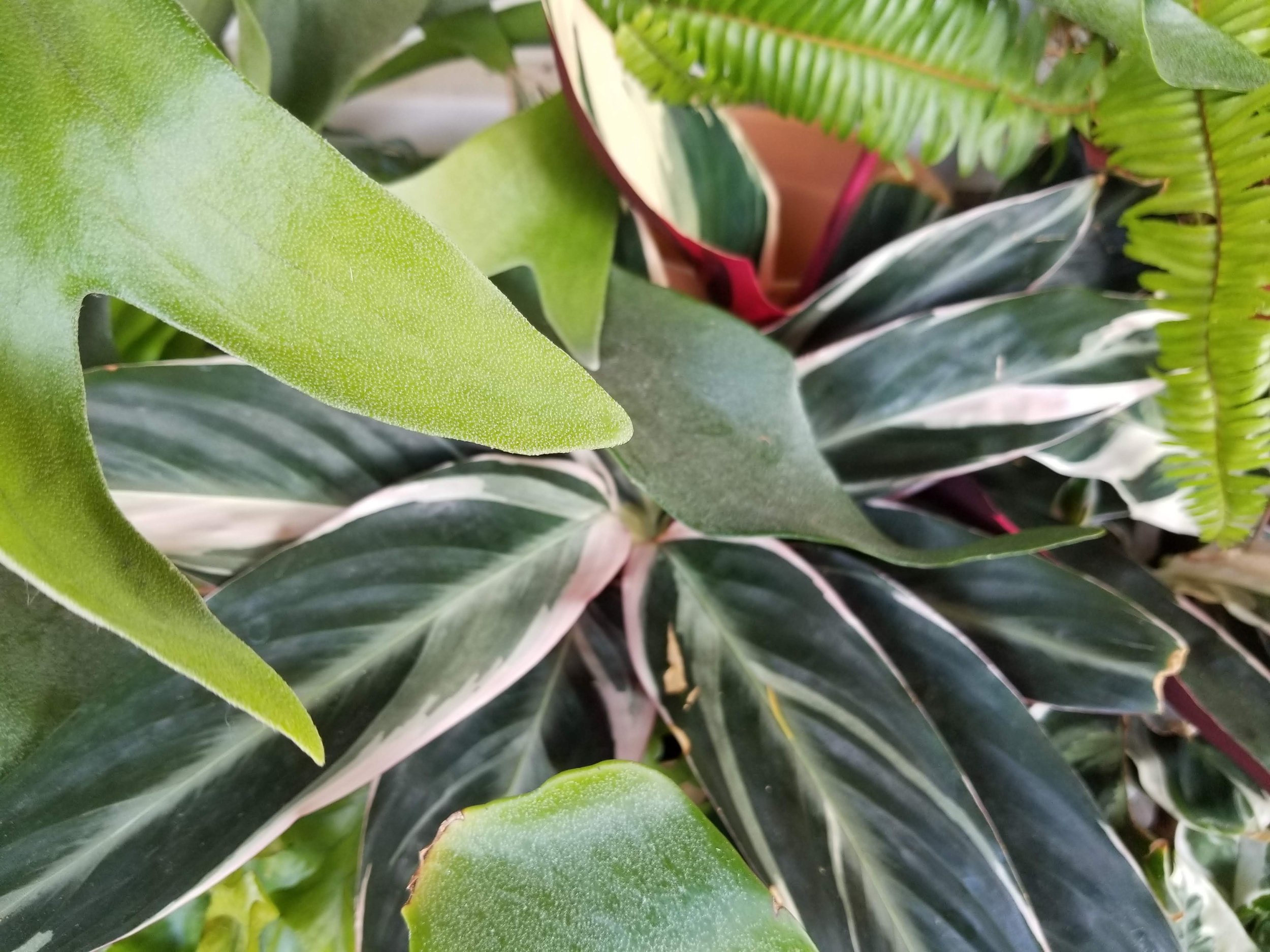
soil and other substrates provide the foundation for growth. using the appropriate substrate will take your plant to new heights, literally!
Different plants have different needs when it comes to soil and substrates. Some plants need a lot of chunky material so the roots have room to breath. Some plants need rich soil that retains moisture. With a quick google search you can learn about most plants you’ll find in plant shops and nurseries. Providing conditions as close to their native environment as possible will go a long way in helping your plant thrive.
soil
Soil is made from mineral erosion and comprises 5 main components: minerals, soil organic matter, living organisms, gas, and water. There are 3 classes of soil: sand, silt, and clay. The percentages of these classes define soil texture.
soilless substrates
Both peat and coco substrates are soilless and inert growing media. They are used to retain moisture and provide plants with a place to anchor their roots. These types of substrates contain no nutrients and require fertilizer to support plant growth.
soilless substrates continued
Sphagnum moss and orchid bark are also soilless and inert growing media which means they also require consistent fertilizer to support plant growth. Like peat and coco substrates, sphagnum moss and orchid bark retain moisture while allowing room for roots. It’s important to be mindful of watering when using these substrates as they can dry out pretty quickly, especially in the winter when the heater might be running a lot.
SEMI-HYDROPONICS
Semi-hydro substrates like LECA, pumice, and lechuza-pon offer chronic over waterers or those who want lower maintenance plants some helpful options. These substrates are highly porous, inorganic, and inert which allows water to wick up through the substrate to reach the roots, which reduces the risk of root rot. Other benefits of semi-hydroponics include less pests and re-usable substrates.



